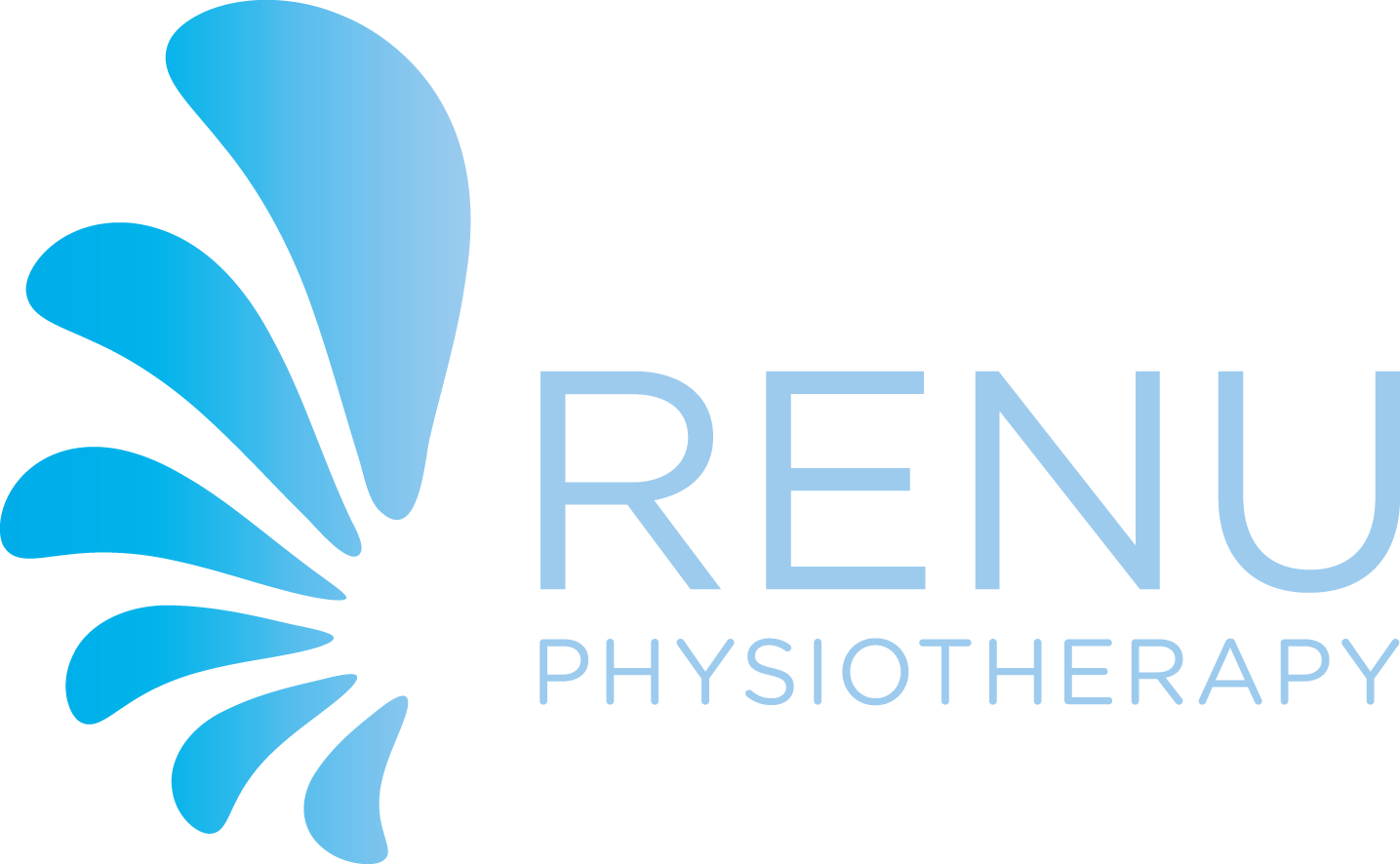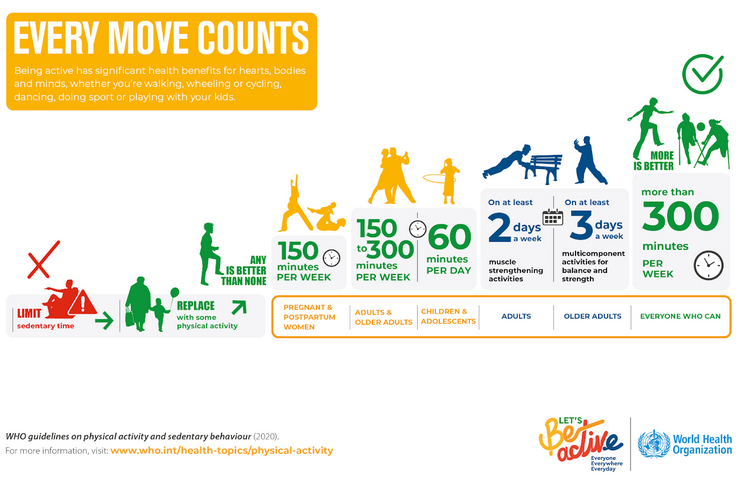Longevity
A Word of Introduction
When I was in primary school in Belgium (where I am from), the public health services organised a free “medical visit” every two years for all primary school pupils nationwide. This is a great day out for everyone, you go on a bus out to the medical centre and all basic health metrics are screened for. They do a fantastic job, I remember it to be a well oiled machine, you go from room to room, nurse to nurse and get your heart, eyes, ears, skin, height and weight, reflexes, coordination, posture checked… the whole shebang.
So when I was 11, on one of those visits, the nurse on duty spotted a mild postural shift in my back and I was sent to my GP for advice, and ultimately, I ended up with my local physio. He had fantastic ways to provide treatments which were fun, engaging, very dynamic and challenging at times. I had to stretch this, strengthen that and I remember having a great time attending the sessions. This experience made me realise that with a bit of screening, work and focus, with a bit of effort, dedication and patience, many things that go out of kilter in our bodies can actually be rectified.
This very interaction with my physiotherapist all those years ago ultimately inspired me to become a physio myself, literally shaping my body image as well as giving me a first glimpse and understanding of the intricacies and complexities of the human body.
Fast forward a few years and there I am now in college as a physio student. And between learning about anatomy, physiology, biomechanics and everything else, we were largely taught that physiotherapy, in essence, is a type of reactive healthcare; you go after “fixing” things that go off.
Interestingly, over the last three decades, the sheer volume of high quality level research in the field of physical medicine has reshaped physiotherapy’s scope of practice so today, we are just as interested in preventing issues from arising rather than fixing them after their onset. But as I often say, prevention is a bit of a Holy Grail quest. It is an adventure. We don’t have the science to prevent low back pain for instance.
Certainly, modern physiotherapy is now much more a proactive healthcare enterprise and even though preventing issues or dis-ease, our message is this: the ageing you want tomorrow begins with the choices you make today.
Let’s remember that things can go askew, let’s not worry about it and continue living life for what it has to offer. Hopefully making healthy choices along the way and addressing problems when they arise. This is integrated healthcare - having a contextual, multifaceted, organic and individualised approach to health.
What is Longevity
Today’s blog is about longevity, which is simply defined by “having a long life” or “the ability to last (or live) for a long time”. But a better metric than simply how long life is is undoubtedly the notion of quality of life, which pertains a personal and individual reality. There is no singular approach to live a long or a good life as we all have different abilities, goals, preferences but also hurdles, obligations and backgrounds.
However, and no matter how we look at it, longevity is intrinsically linked to good health.
A Simple Concept
In the early days of putting this blog together, I thought at some point I would be outlining a bunch of things that can be useful for everyone to ponder on to ensure living a happy, healthy and fulfilling life. After all, for the last two and a half decades, every day in my clinic, I would have recommended my patients to do exercises to improve their conditions. Asking people to do things they’re not great at for them to get them to improve.
Quite literally, physio and physical rehab is about pushing yourself somewhat outside of your comfort zone and reap the benefits afterwards.
So as I was getting started on a lovely list, I realised that this whole concept of “ making your life somewhat miserable to make it less miserable” has a name. And I had been applying this concept for my entire career! This concept is called HORMESIS.
Hormesis is defined as “a two-phased dose-response relationship to an environmental agent whereby low-dose amounts have a beneficial effect and high-dose amounts are either inhibitory to function or toxic.” (Mattson E.P. 2007).
The right amount of stress on our system will trigger physiological responses leading to the optimisation of that system. Not only by fulfilling its purpose but also by consolidating its efficacy. There is a resonance of “no pain no gain” or “what does not kill you makes you stronger”. By willingly and meaningfully putting your body in a perceived state of adversity, it will react in defense against the perceived threat. It will reward itself with quantifiable and observable effects, finally leading to betterness and improvements. We’ll go through a list of examples below.
In summary, hormesis is nature's paradox of flourishing through challenge, it is achieving strengths through struggles, it is accepting pain as a normal part of life but without suffering from it. It is embracing the fact that life grows at the end of our comfort zone.
Developing Longevity
This is a life long endeavour, really. The keys are: progressive exposure, consistency and persistence. In other words, a little bit and often. The key to success is to determine what a harmonious dose-response is about. Too much of the good stuff could still be too much and too little of the hard stuff can still be too little.
I have categorised three major contributors below - think of these as the Trinity of Health.
Use these as a checklist if you wish; you should be on track for a longer, happier and healthier life for ticking those boxes. Disclaimer - I am not suggesting that all items listed below need to be applied by all, these are examples of how hormesis work.
Metabolic Health
Metabolic health is hugely affected by exercises in various ways. I just wanted to pick a couple of examples that are not exercise induced that are also popular and prime examples of hormetic stressors.
1. Intermittent fasting (if appropriated)
Let’s not eat all the time. In our modern worlds, in most situations, we’re rarely seconds away from finding food. Those feelings of hunger can be obeyed almost on the spot. Hormesis would be depriving your body from instant gratification. Allow it to feel hungry for a while, let the body react to a perceived state of precarity. This will regulate its resistance to insulin, make it tap in energy sources stored in the body, tame down the dopamine response associated with eating. The basic principle is to keep the body hydrated during fast periods and enjoy breaking your fast with good wholesome foods when you eat again. Optimally: have an 8h window to eat, fast for 16.
There are associations between IF and maintaining a healthy weight (think BMI between 20 and 25).
BMI Calculator here for info
https://www.safefood.net/bmi-calculator
2. Exposure to cold
Have you ever heard of Wim Hoff? The ice man? This gentleman from Holland has been advocating the many benefits to cold exposure for many years. The good people of Greystones where I work from (and many other coastal dwellers all around the country), are no stranger to this concept which is practiced nearly religiously throughout the year. Turns out that your body will activate physiological responses to the aggression of the cold. When performed safely, this will improve circulation, enhance fat burning and metabolism, boost your immune function, help reduce systemic inflammation. But a growing body of research is showing other potential applications to cold exposure.
I strongly recommend his website. https://www.wimhofmethod.com
Cardiovascular Health
Let’s say it aloud and altogether, folks: “EXERCISE”. Which is perhaps the most popular example of all hormetic stress.
I am to keep things simple here and go back to the WHO basic guidelines, which remain gold standard on the matter. Tick those boxes and the list of benefits is as long as this blog.
Lovely infographic below:
Musculoskeletal Health
Resistance training (which is movement and exercise all the same) is absolutely amazing at keeping your body in optimal condition. I will put down an exhaustive list to support my point (with some of my favourite ones underlined).
To put it bluntly: go to the gym and move weights!
1. Improves focus
2. Improves cognitive function
3. Decreases anxiety
4. Reduces depressive symptoms
5. Improves feelings of well-being
6. Increases self-esteem
7. Decreases risk of dementia
8. Reduces markers of inflammation (particularly in people who are overweight)
9. Decreases cholesterol
10. Decreases blood pressure
11. Improves insulin-swings for those with type 2 diabetes
12. Improves insulin-sensitivity
13. Boosts metabolic rate
14. Reverses ageing factors in mitochondria and muscles
15. Increases bone mineral density (and prevents bone loss)
16. Increases muscle mass
17. Improves movement control
18. Reduces chronic lower back pain
19. Decreases arthritic pain
20. Reduces pain from fibromyalgia
21. Improves balance
22. Increases walking speed
A few final words
As I was thinking of a conclusion to this little essay, I could not resist asking ChatGPT to write a poem on hormesis for the laugh. I had actually never used AI before (I know…) And to be fair, it was too good to not include. So here it is.
I hope you enjoyed reading this blog and that you will find it useful or inspiring. At worst you have a new word you can use when playing Scrabble.
Tiny stressors shape us strong,
In gentle struggle, we belong.
A little pain, a little fight,
Makes us thrive, ignites our light.
Hormesis—growth through balance, bright.
Strength through struggle, small doses of strain
A balancing act where stress leaves no pain
Resilience grows, as limits expand
Hormesis - the body’s natural demand

